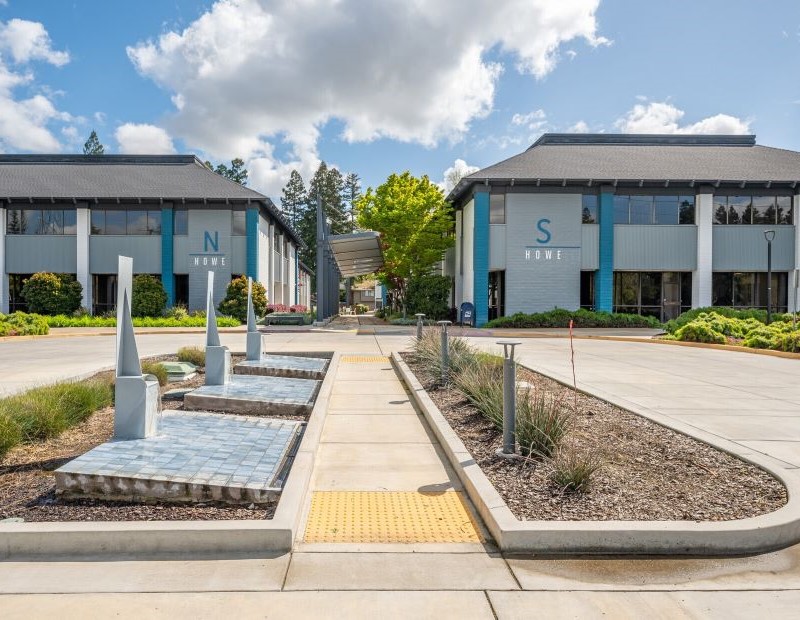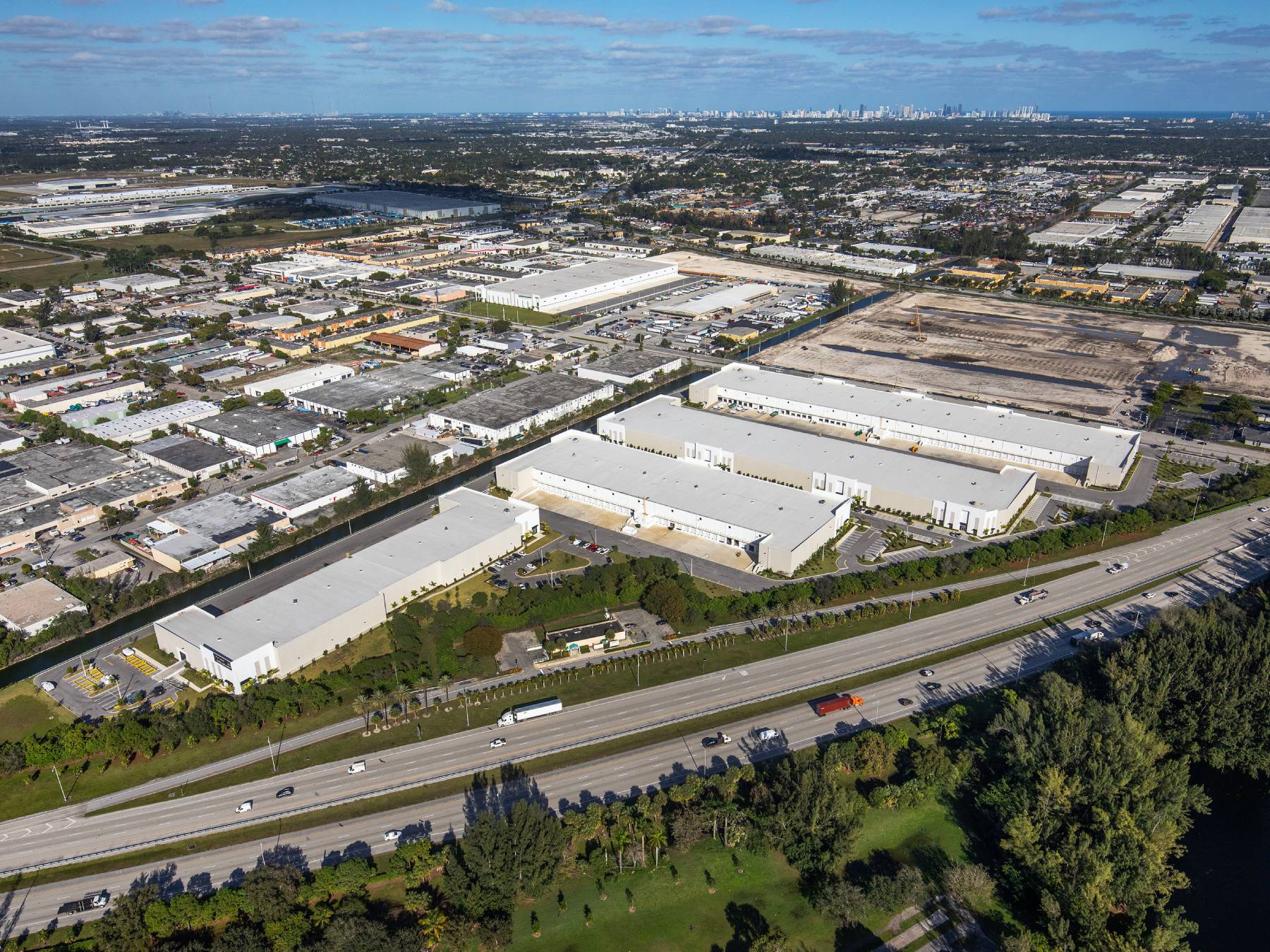For Lenders, Real-Time Analysis Mandates Caution: Q&A
Tauro Capital Advisors Senior Director Anthony Johnston on how lenders’ approaches to evaluating potential deals have shifted.
As lenders and sponsors have gradually adjusted to closing deals in the age of COVID-19, certain standards have shifted and caution has taken center stage. When it comes to evaluating a new deal, lenders are going the extra mile, scrutinizing current market dynamics and carefully reviewing sponsors’ track records and balance sheets.
Anthony Johnston, senior director at Tauro Capital Advisors, spoke to Commercial Property Executive about lenders’ new approach amid the pandemic, capital flows and what to expect from the financial markets going into next year.
READ ALSO: Scoping Out the Recovery’s Best-Case, Worst-Case Scenarios
As an intermediary, what can you tell us about the availability of capital in the current economic context?
Johnston: Despite the pandemic, capital continues to remain available. There are a variety of capital sources willing and able to lend in the current environment. There has been a small percentage of lenders who have left the market. These lenders were typically highly leveraged and relied on the collateralized loan obligation market and warehouse lines. That said, most lenders have remained and are actively looking for deals. In fact, life insurance companies are one lender type that still has a significant portion of their yearly allocations available. These lenders are seeking assets to add to their portfolios.
Beyond this, the commercial mortgage-backed securities market has begun to return as new portfolios are being assembled and expected to be securitized within the next period. Overall, we anticipate that there will be ample capital sources available to meet investor demand over the next several months and into next year.

Underwriting has certainly become more conservative in light of recent events. What are lenders expecting from borrowers?
Johnston: There is not much of a difference between the underwriting standards for traditional lenders versus alternative lenders. We are seeing that both types of lenders are focusing on asset performance, tenant performance, rent collections and cash-flowing assets, and sponsors’ track record and performance.
Lenders are actively reviewing sponsors’ cash flow and loans on other assets, determining if they are too highly concentrated in a specific asset type or location and carefully evaluating their balance sheets. In the past, sponsors who may have had a bit of a checkered past or have any liens, bankruptcies, etc., may have been able to get by with a letter of explanation. Today, we are not seeing this, as lenders are placing a significant emphasis on sponsor track record.
What should underwriting packages include in the current economic landscape to ensure long-term success for both lenders and borrowers?
Johnston: There should be a shift in underwriting packages to focus more on the performance of the asset and real-time analysis—or as real-time as you can get—of the vacancy and rent collections at a property. Lenders will also be evaluating a sponsor’s balance sheet and schedule of real estate regarding asset type and liquidity, so it is important to be focused on the borrower’s whole picture.
What are lenders currently focusing on when closing on a financing package and what types of deals are they prioritizing?
Johnston: Lenders have been focused on prioritizing deals that were in the pipeline prior to the start of the pandemic and are reviewing these deals to ensure they still pencil in the current environment. Lenders are also prioritizing sponsors or financial intermediaries with whom they have an existing relationship, as well as quality assets in quality locations with strong occupancy and rent collection.

What types of properties are getting financed today?
Johnston: One of my main focuses is on construction loans. This is a sector that has seen some slowing; however, we still have deals in the pipeline and deals that even closed in the middle of the pandemic. We are seeing that lenders are being extremely bullish on multifamily, triple-net lease and industrial deals. Retail deals with a quality tenant and long-term lease are also attractive to lenders. While we have seen a shift among sponsors towards a flight to safety, we are seeing the same shift among lenders.
On the construction side, there is still demand from lenders for single-tenant triple-net and multifamily deals. Lenders are actively looking beyond a two-year horizon and are hungry for construction deals for certain asset types. We are seeing these deals actively being bid on by lenders across the U.S. In fact, we recently closed an $11.2 million small lot housing deal during the pandemic, and I am currently working on two other multifamily construction deals in the City of Los Angeles.
We also believe that there will be demand for office properties as well. We may see a shift toward more hybrid working models where employees are splitting their time between home and the office, which may result in an influx of suburban office construction.
You said the CMBS market is returning. What kinds of loans are being securitized today?
One of the major impacts on the CMBS market was that at the start of the pandemic there were several lenders who had deals on their balance sheets that they normally would have liquidated at that point. A large majority of these loans were in the hospitality and retail sectors, which were the two sectors most impacted by COVID-19. Now, the CMBS market is beginning to return and they are looking for deals across asset classes—including industrial, multifamily and quality retail—to spread risk across multiple assets.








You must be logged in to post a comment.